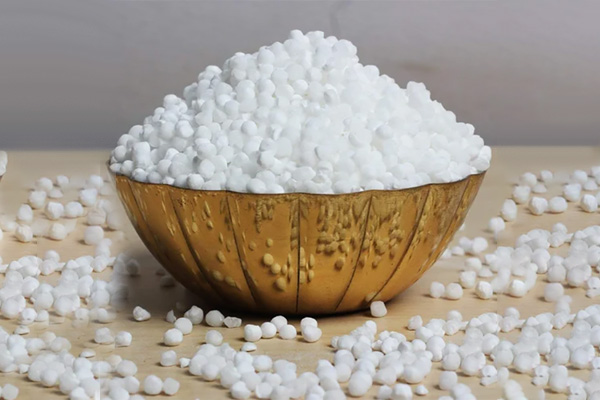Introduction to Sago
Sago is a starch-rich product derived from the pith of various palm tree species, primarily found in the tropical regions of Southeast Asia. It has been a vital food source and cultural staple for centuries, offering a unique and versatile culinary ingredient.






